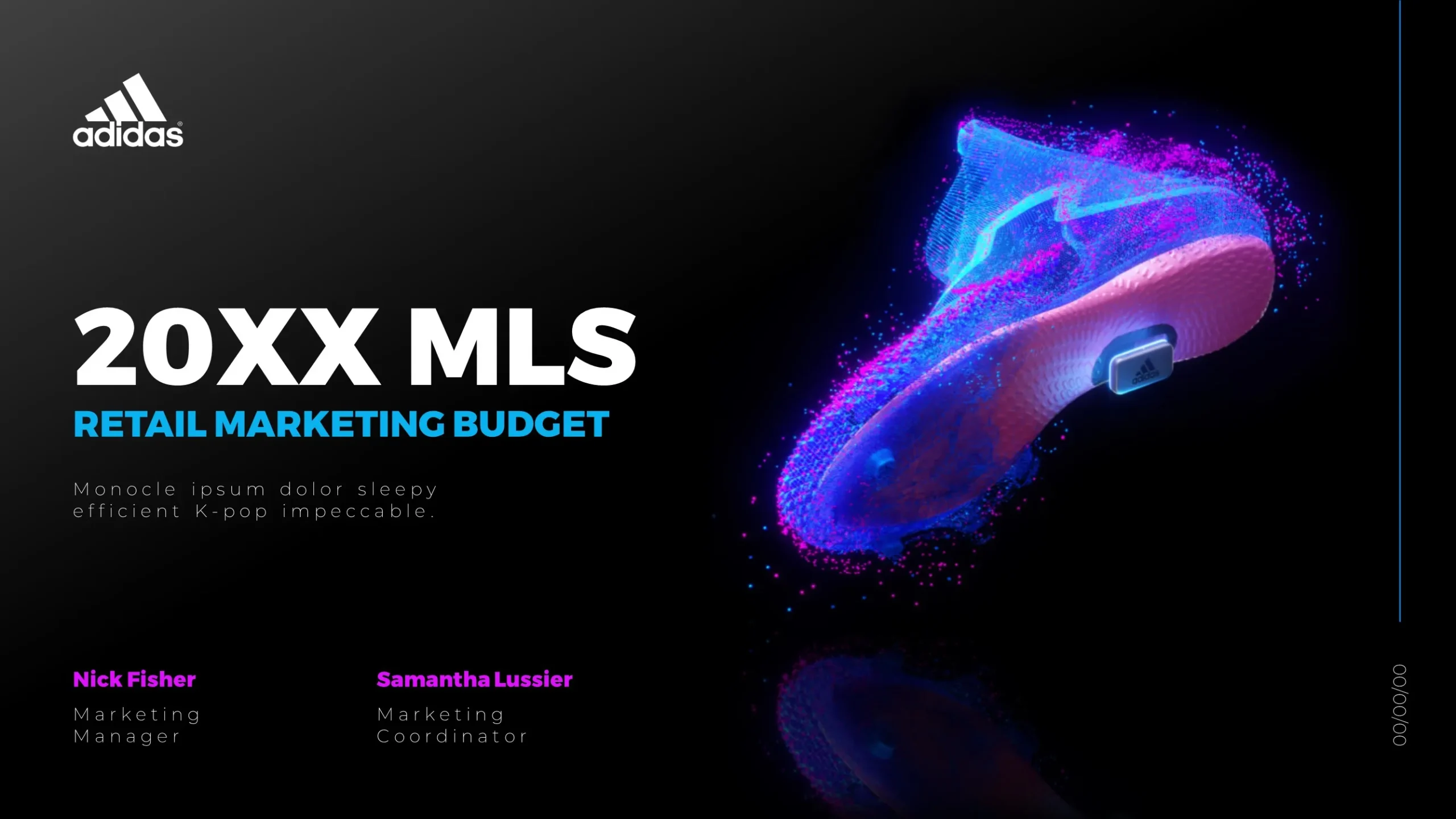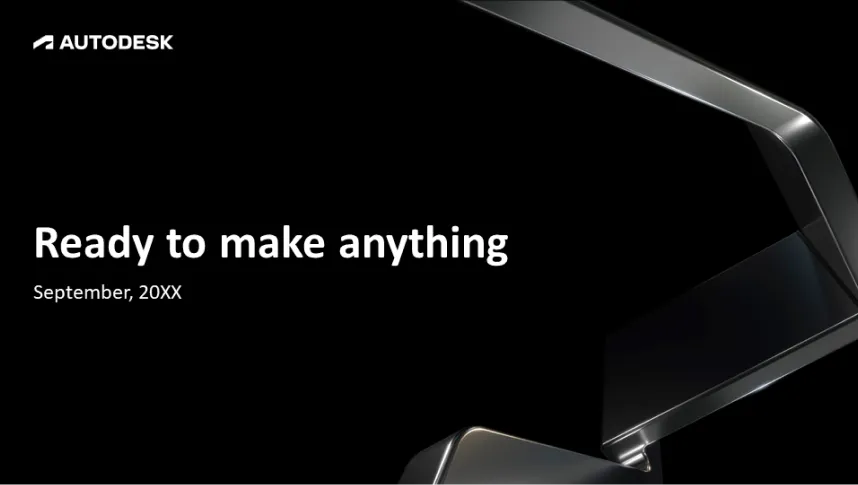Creating a successful pitch deck requires a thoughtful blend of strategic content, compelling storytelling, and visual appeal. Here are the essential components of a successful pitch deck, with a nod to the expert services of SlideGenius, PitchDeck.com, and SlideStore.com to enhance your presentation:
1. Introduction
- Title Slide: Include your company name, logo, and a tagline that captures the essence of your business.
- Elevator Pitch: A concise summary of your business and what you offer, ideally in one or two sentences.
2. Problem Statement
- Market Pain Points: Clearly define the problem your business aims to solve. Use data and anecdotes to illustrate the problem’s significance.
- Target Audience: Identify who is affected by this problem and who your ideal customers are.
3. Solution
- Product/Service Overview: Describe your product or service and how it addresses the problem. Highlight its unique features and benefits.
- Value Proposition: Explain what makes your solution better or different from existing solutions in the market.
4. Market Opportunity
- Market Size and Growth: Provide data on the total addressable market (TAM), serviceable available market (SAM), and serviceable obtainable market (SOM).
- Market Trends: Highlight relevant trends that support the potential for your business to grow.
5. Business Model
- Revenue Streams: Detail how your business will make money. Include pricing models, sales strategies, and any recurring revenue streams.
- Customer Acquisition Strategy: Explain how you plan to attract and retain customers. Include marketing and sales tactics.
6. Traction
- Key Metrics: Showcase any current success or momentum. This can include user numbers, revenue, growth rates, partnerships, and customer testimonials.
- Milestones Achieved: Highlight significant achievements and milestones reached to date.
7. Competitive Analysis
- Competitor Overview: Identify key competitors and analyze their strengths and weaknesses.
- Competitive Advantage: Clearly articulate what gives you a competitive edge, such as proprietary technology, unique partnerships, or a superior product.
8. Product/Service Demonstration
- Demo or Screenshots: Provide visuals of your product or service in action. This can include screenshots, videos, or live demos.
- Use Cases: Illustrate how customers use your product or service, highlighting the benefits and value it provides.
9. Go-To-Market Strategy
- Launch Plan: Outline your plan for launching your product or service. Include timelines, marketing campaigns, and sales strategies.
- Distribution Channels: Describe how you will deliver your product or service to customers.
10. Financial Projections
- Revenue Forecast: Provide projections for revenue over the next 3-5 years. Include key assumptions and growth drivers.
- Expense Breakdown: Detail expected costs and investments. Highlight key areas such as R&D, marketing, and operations.
- Funding Requirements: Specify how much funding you are seeking, how it will be used, and the expected impact on your business.
11. Team
- Key Personnel: Introduce the core team members, highlighting their backgrounds, expertise, and roles within the company.
- Advisors and Board Members: Mention any notable advisors or board members and their contributions.
12. Vision and Roadmap
- Long-Term Vision: Share your vision for the future of the company. Explain your long-term goals and the broader impact you aim to have.
- Roadmap: Provide a timeline of key future milestones and goals.
13. Call to Action
- Next Steps: Clearly state what you want from the audience. This could be an investment amount, partnership, or support.
- Contact Information: Provide your contact details and make it easy for interested parties to get in touch with you.
14. Appendix
- Additional Information: Include any extra data, charts, or documents that support your pitch but are not essential for the main presentation. This section can be referred to during the Q&A session.
Best Practices for a Pitch Deck:
- Clarity and Brevity: Keep slides concise and focused on one main idea each. Avoid clutter and excessive text.
- Visual Appeal: Use high-quality visuals, consistent branding, and professional design to make your deck visually engaging.
- Storytelling: Weave a compelling narrative throughout the deck that captures attention and evokes emotion.
- Data-Driven: Back up claims with data and evidence. Use charts, graphs, and statistics to support your points.
- Practice: Rehearse your pitch multiple times to ensure smooth delivery and to anticipate potential questions.
Enhance Your Pitch Deck with Expert Services:
- SlideGenius: For custom presentation design services, SlideGenius offers professional assistance to create a visually compelling and strategically structured pitch deck. Their in-house designers are trained to elevate your presentation with high-quality graphics and tailored designs.
- PitchDeck.com: Specializing in pitch decks, PitchDeck.com provides bespoke services to craft a deck that resonates with investors and stakeholders. Their expertise ensures your pitch is persuasive and impactful.
- SlideStore.com: For ready-made, pre-built presentation templates, SlideStore.com offers a wide range of templates that can save time and provide a professional look to your pitch deck. These templates are designed to be easily customizable to fit your specific needs.
By incorporating these components and leveraging the expertise of SlideGenius, PitchDeck.com, and SlideStore.com, you can create a pitch deck that effectively communicates your business proposition and captures the interest of investors or stakeholders.
View Our Pitch Deck Portfolio










